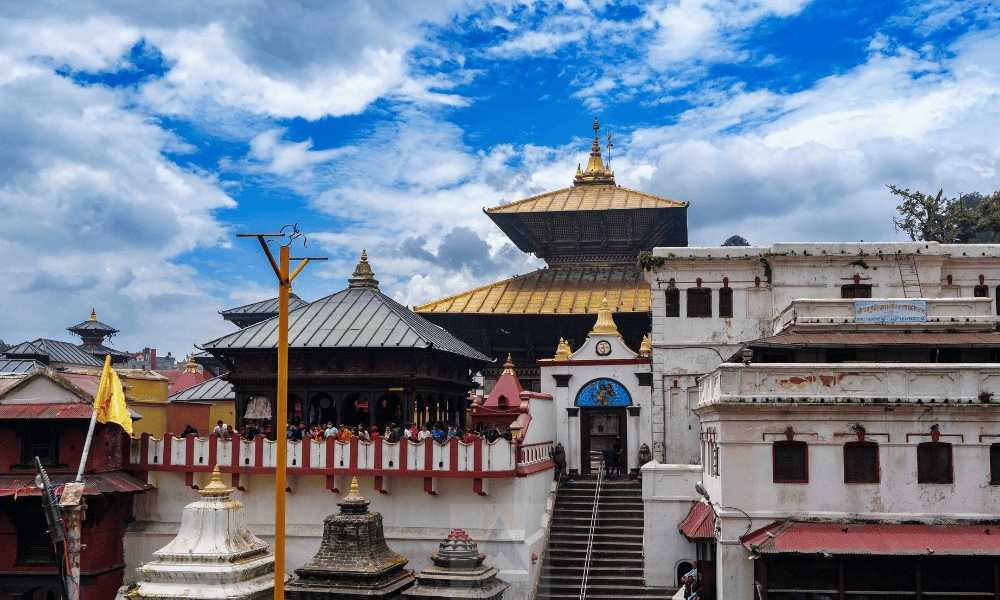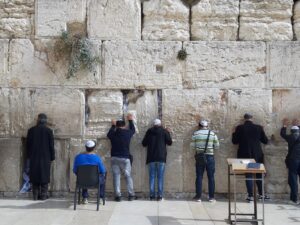Pashupatinath Temple: Hindu Shrine in Kathmandu
Nestled on the banks of the sacred Bagmati River in Kathmandu, Nepal, Pashupatinath Temple is one of the most revered Hindu shrines dedicated to Lord Shiva. This UNESCO World Heritage Site is not only a spiritual hub but also a place of cultural and historical significance. Whether you’re a pilgrim seeking blessings or a traveler eager to explore Nepal’s rich heritage, Pashupatinath offers a unique experience that blends spirituality with history.
What to See at Pashupatinath Temple
The Pashupatinath Temple complex is a sprawling area filled with numerous temples, ashrams, and ghats. The main temple, with its stunning pagoda-style architecture, is adorned with intricate wood carvings and a gilded roof. Although non-Hindus are not allowed inside the main temple, the surrounding area offers plenty to explore.
One of the highlights is the Arya Ghat, where cremation ceremonies take place along the riverbank. While it might be a somber sight, it provides a profound insight into Hindu rituals and beliefs about life and death. The temple complex is also home to a variety of smaller shrines and statues, each with its own story and significance.
Don’t miss the chance to observe the sadhus, or holy men, who reside in the temple area. Their colorful attire and unique lifestyle are fascinating to witness. Additionally, the evening aarti (prayer ceremony) on the banks of the Bagmati River is a mesmerizing experience, with chants, music, and the glow of oil lamps creating a serene atmosphere.
A Bit of History and Interesting Facts
Pashupatinath Temple’s origins date back to the 5th century, making it one of the oldest temples in Nepal. It has been a significant pilgrimage site for centuries, drawing devotees from all over the world. The temple is dedicated to Pashupati, an incarnation of Lord Shiva, who is considered the protector of animals.
An interesting fact about Pashupatinath is its association with the Kathmandu Valley’s history. The temple has witnessed the rise and fall of various dynasties and has been a center of power and spirituality. The temple’s architecture reflects a blend of ancient and medieval styles, showcasing the craftsmanship of the Newar artisans.
Another intriguing aspect is the presence of the deer park within the temple complex. Legend has it that Lord Shiva once took the form of a deer and roamed the forest here, which is why the area is considered sacred.
Getting There and Tips for First-Time Visitors
Pashupatinath Temple is conveniently located about 5 kilometers east of Kathmandu’s city center. The easiest way to get there is by taxi or a local bus. If you’re staying in the Thamel area, a taxi ride should take around 20 minutes, depending on traffic.
For first-time visitors, it’s important to dress modestly, as the temple is a place of worship. Wearing comfortable shoes is advisable, as you’ll be doing a fair amount of walking. Photography is allowed in most areas, but be respectful of the rituals and ceremonies taking place.
The temple can get crowded, especially during festivals like Maha Shivaratri, so plan your visit accordingly. Early mornings or late afternoons are ideal times to explore the complex with fewer crowds. Don’t forget to carry some cash for entry fees and donations, as credit cards are not widely accepted.
In summary, Pashupatinath Temple is a must-visit destination for anyone traveling to Kathmandu. Its spiritual ambiance, rich history, and cultural significance make it a place that leaves a lasting impression on all who visit.








